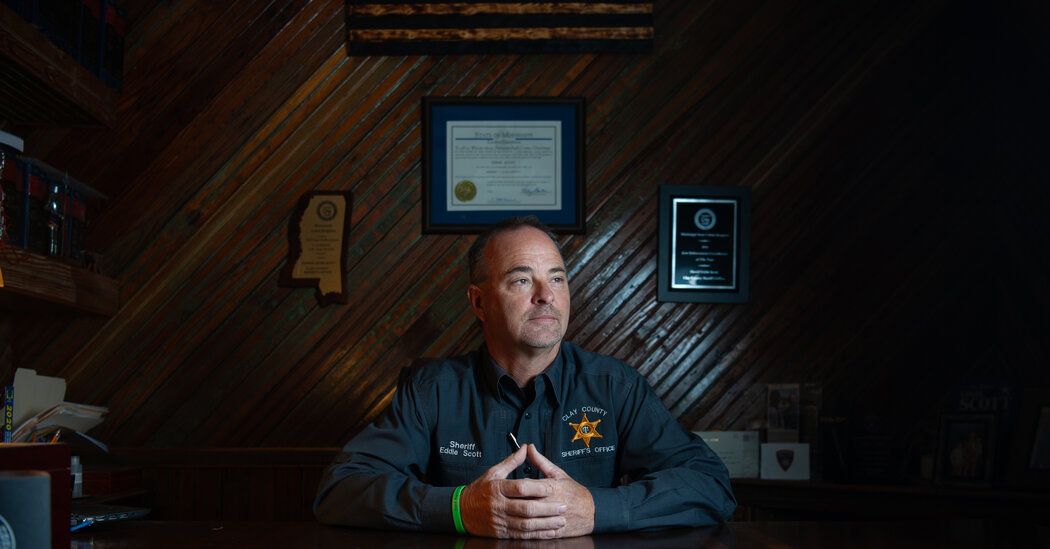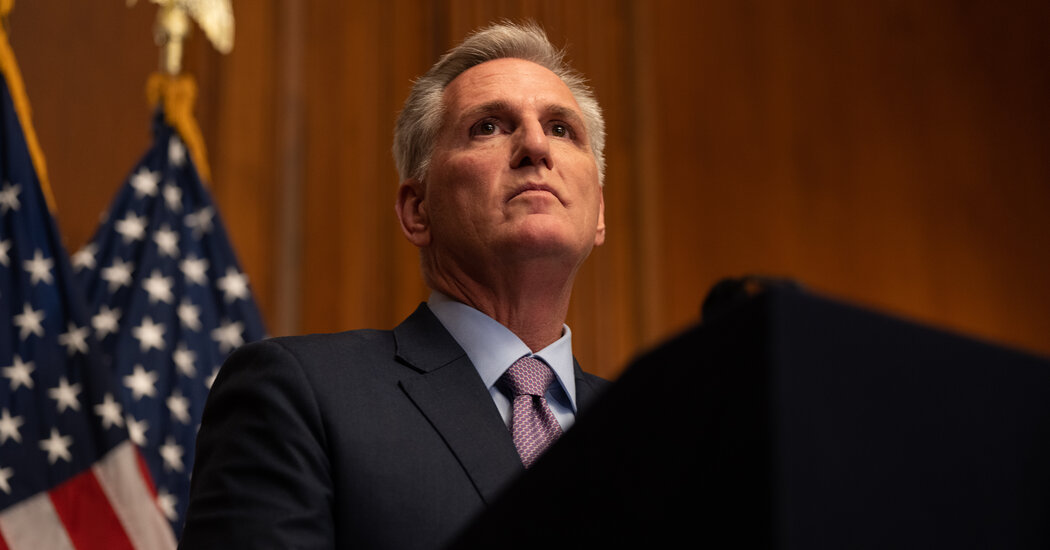Ohio Rejects Issue 1, Constitutional Change Intended to Thwart Abortion Movement
Ohio voters rejected a bid to make it harder to amend the State Constitution on Tuesday, according to The Associated Press, a significant victory for abortion-rights supporters trying to stop the Republican-controlled State Legislature from severely restricting the procedure.
The abortion question turned what would normally be a sleepy summer election in an off year into a highly visible dogfight that took on national importance and drew an uncharacteristically high number of Ohio voters for an August election.
With about four in 10 ballots counted, opponents of the proposal led in the vote, 60.5 percent to 39.5 percent. The total vote far surpassed the turnout recorded in the state’s last primary election in May 2022, when candidates for both governor and the state’s 15 House seats were on the ballot.
The contest was seen as a major test of growing efforts by Republicans nationwide to curb voters’ use of ballot initiatives, and a potential bellwether of the political climate in next year’s national elections.
The heart of the Legislature’s proposal, which it enacted largely along party lines in May, required that amendments to the State Constitution gain approval by 60 percent of voters, up substantially from the current requirement of a simple majority. Republicans initially pitched that as an attempt to keep wealthy special interests from hijacking the amendment process for their own gain.
But from the start, that was overtaken by weightier arguments, led by — but hardly confined to — the abortion debate.
The Ohio Legislature passed some of the nation’s strictest curbs on abortion last year in the wake of the Supreme Court’s decision to overturn Roe v. Wade. State courts have yet to rule on the constitutionality of those curbs, but the law’s passage drove a successful grass-roots campaign this year to place an abortion-rights amendment on the November ballot.
Raising the threshold for adopting an amendment to 60 percent of votes would put the fate of the proposed amendment in doubt. In two polls, 58 percent and 59 percent of respondents supported granting a constitutional right to abortion access.
In the 111 years that Ohio voters have had the power to propose and vote on ballot initiatives, only about a third of constitutional amendments managed to exceed 60 percent, according to the political data website Ballotpedia.
Other provisions in the Tuesday referendum sought to raise hurdles even to putting amendments on the ballot. One required backers of amendments to gather a minimum number of signatures from all 88 Ohio counties instead of the current 44 counties. Another eliminated their ability to correct errors in signatures that were rejected by state officials.
The Legislature’s move to raise barriers to new amendments came weeks before that campaign delivered petitions with roughly a half million verified signatures to state offices, more than enough to force the November vote. And Tuesday’s election has become something of a proxy for the November election, with supporters of abortion access and anti-abortion forces waging a multimillion-dollar preview of the coming battle.
Ballotpedia estimated last week that at least $32.5 million has been spent on the battle, split roughly equally between the two sides. Eight in 10 dollars came from donors outside Ohio, that estimate said, including $4 million from a single donor, Richard Uihlein, the Illinois founder of a nationwide packing and shipping company, Uline Inc., who is one of the country’s most prolific patrons of right-wing causes.
Other out-of-state donors to supporters of the legislature’s proposal include Susan B. Anthony Pro-Life America, a Washington, D.C. anti-abortion advocacy group that has contributed nearly $6.4 million. The Concord Fund, one of several organizations controlled by Leonard Leo, who has overseen campaigns to confirm Republican nominees to the U.S. Supreme Court, is another donor.
The leading out-of-state donors to opponents of the Legislature’s proposal include the Sixteen Thirty Fund, a Washington D.C. supporter of progressive causes that gave $2.64 million; the Tides Foundation, another donor to progressive causes that gave $1.88 million; and Karla Jurvetson, a Palo Alto, Calif., physician and supporter of Democratic candidates who donated nearly $1 million.
Beyond the battle over abortion, however, it appeared that some voters were simply put off by the tactics the Legislature used to get the proposed restrictions before voters. Republicans had outlawed almost all August elections in a vote last December, saying so few people voted in them that they had become easy prey for special interests with enough money to turn out their supporters.
The lawmakers reversed course in May when it became clear than a vote on an abortion rights amendment was likely in November. More than a few critics have noted that Tuesday’s referendum was, in essence, an election pushed by special interests with an abundance of money.
Among some who voted against the proposal, the anger over the Legislature’s tactics was all but palpable.
“This is one of the lowest, below-the-belt actions I’ve seen in politics ever,” Jim Nicholas, a medicine major at Case Western Reserve University, said outside a polling place at a middle school in Shaker Heights, a doggedly liberal Cleveland suburb.
In Miami Township, a Cincinnati suburb that went strongly for Donald J. Trump in 2020, Tom Baker, 46, called the referendum a last-minute attempt by the State Legislature to tilt the playing field in favor of “all of the touchstones the aging conservative population is trying to force on generations.”
“I don’t like the idea of changing the mechanisms of government,” he said, “especially for an agenda.”
That kind of skepticism carried no weight with many backers of the Legislature’s restrictions.
“Evil never sleeps,” said Bill McClellan, 67, as he cast a ballot at a crowded polling place in Strongsville, on Cleveland’s southwest side. “The liberals don’t like that Ohio is a red state, and they continue to attack us.”
Reporting was contributed by Daniel McGraw and Rachel Richardson.


